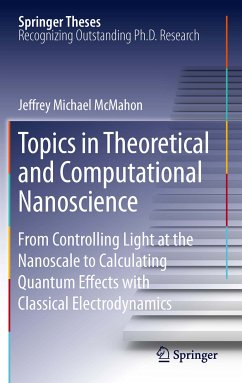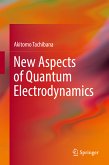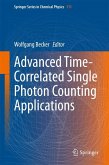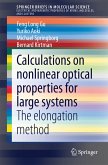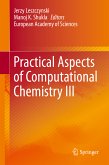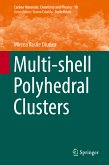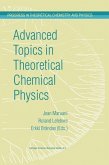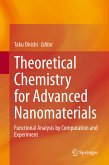This dissertation is aimed at addressing some of the most fundamental and outstanding questions in nanoscience from a theoretical and computational perspective, specifically:
· At the single nanoparticle level, how well do experimental and classical electrodynamics agree?
· What is the detailed relationship between optical response and nanoparticle morphology, composition, and environment?
· Does an optimal nanostructure exist for generating large electromagnetic field enhancements, and is there a fundamental limit to this?
· Can nanostructures be used to control light, such as confining it, or causing fundamentally different scattering phenomena to interact, such as electromagnetic surface modes and diffraction effects?
· Is it possible to calculate quantum effects using classical electrodynamics, and if so, how do they affect optical properties?
Dieser Download kann aus rechtlichen Gründen nur mit Rechnungsadresse in A, B, BG, CY, CZ, D, DK, EW, E, FIN, F, GR, HR, H, IRL, I, LT, L, LR, M, NL, PL, P, R, S, SLO, SK ausgeliefert werden.
Hinweis: Dieser Artikel kann nur an eine deutsche Lieferadresse ausgeliefert werden.
"This book ... gives a clear and thorough introduction into problems encountered in computer models of electromagnetic processes in nanometer size media. It also contains the original results of the author's own research through either his critical analyses of the current state of knowledge in this field or the numerical and theoretical solutions he has obtained. ... The book ends with four appendices containing details of applied mathematical and numerical procedures, and the glossary of terms." (Vladimir Cadez, Zentralblatt MATH, Vol. 1230, 2012)

